Pigs are considered useful biomedical models for humans so the implications of such studies sent waves through the field of resuscitation — and bioethics.
Category: biotech/medical – Page 525
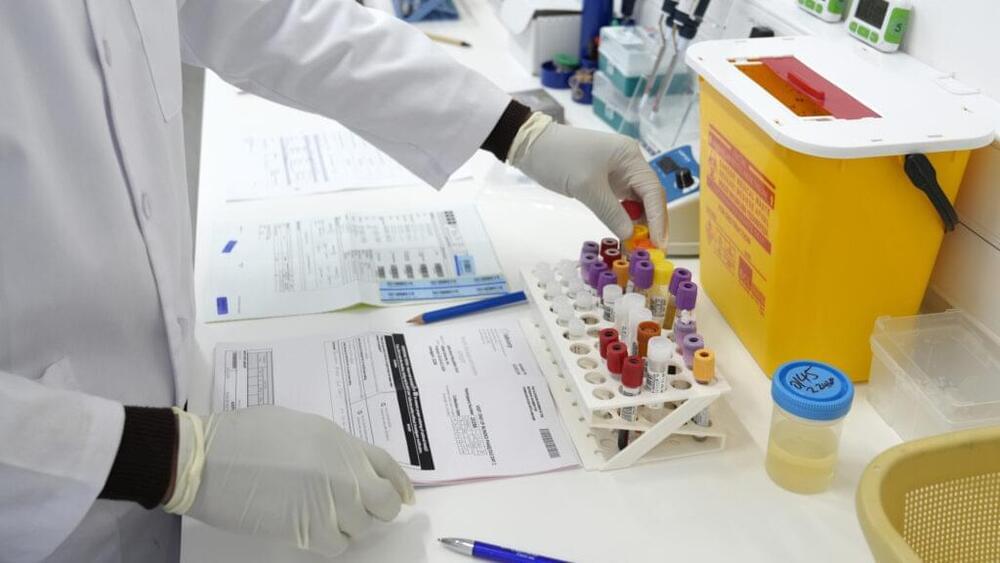
Tested in Africa, used in America
At the recent annual International AIDS Conference, a startling presentation about the newest wonder drug in HIV prevention brought a raucous standing ovation.
But some of us in the public health community are now starting to wonder what all the cheering was about. Although the scientific results were impeccable, the process for translating those results into action for young women in Africa has been left to our imaginations. And if history is any guide, this could be a nightmare.
When the results first came out, Gilead, the manufacturer of lenacapavir, stated it was too early to discuss licensing and offering vague plans about its production and availability in Africa. Just recently, a second study among men who have sex with men and predominantly conducted in the Northern Hemisphere showed similarly promising results. While Gilead now says they have sufficient data to move ahead with licensing and manufacturing worldwide, they have offered no timeline to do so. Urgency to report trial results has not been mirrored by the urgency to provide access. Unanswered questions remain about why another study was needed to move ahead with approvals for use in African women, and if and when lenacapavir will be made available at an affordable price in the African region.
The drug, which has a manufacturing cost estimated at about $40 per year, is currently licensed as an HIV treatment for more than $42,000 per year in the United States. In South Africa, health care expenditures in the public sector are approximately $230 per person per year. Advocates and the study scientists have strongly urged Gilead to make lenacapavir swiftly available in sub-Saharan Africa at an affordable price. But with over 3,000 women infected with HIV each week in the region according to UNAIDS estimates, there is no time to waste.
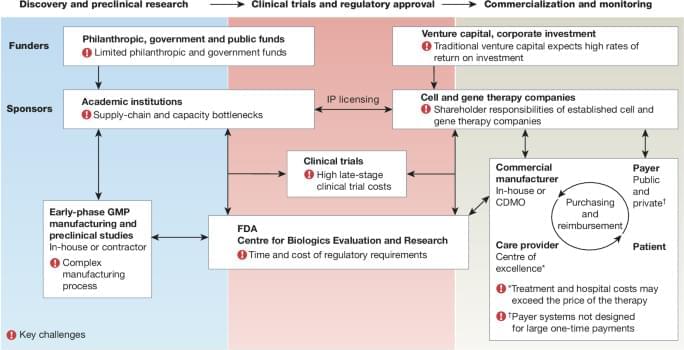
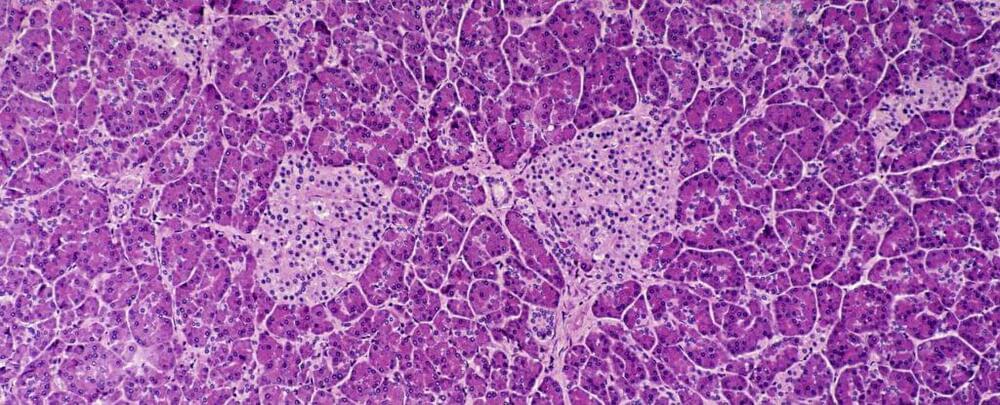

Cameron County Preparing For Possible SpaceX Launch
Scientists have used gene-editing techniques to boost the repair of nerve cells damaged in multiple sclerosis, a study shows. The innovative method, which was tested in mice, supports the development of cells that can repair the protective myelin coating around nerves, restoring their ability to conduct messages to the brain.
The findings, now published in Nature Communications, offer a potential route for future treatments to stop disability progression, experts say.
Our bodies have the ability to repair myelin, but in multiple sclerosis (MS), and as we age, this becomes less effective. There are currently no treatments to boost this process.

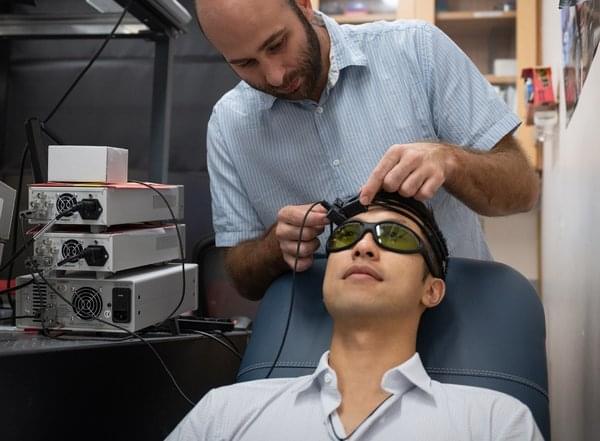
New Laser-based Headset Can Measure Blood Flow, Assess Risk of Stroke
Now a team of engineers and scientists from Caltech and the Keck School of Medicine of USC has developed a headset-based device that can be used to noninvasively assess a patient’s stroke risk by monitoring changes in blood flow and volume while a participant holds their breath.
Researchers in the lab of Caltech’s Changhuei Yang, along with colleagues from the Keck School of Medicine of USC, have developed a laser-based device that can measure blood flow noninvasively and differentiate stroke risk based on current physiological conditions.

CRISPR-Modified Cells Offer Remission for Autoimmune Patients
Three patients are in “safe, deep remission” after receiving a CRISPR-Cas9-modified cell therapy for autoimmune disease treatment, according to a new published study in Cell.
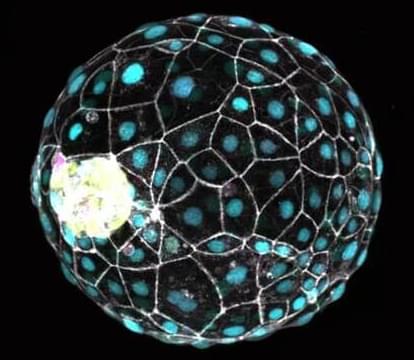
‘Pause Button’ Molecule Uncovered in Human Embryos
Mamma bears press pause on their early pregnancies, so that their cubs are born closer to a food filled spring. Researchers led by a team in Germany have now found this same pregnancy pause button exists in human cells too.
“Although we have lost the ability to naturally enter dormancy, these experiments suggest that we have nevertheless retained this inner ability and could eventually unleash it,” says molecular geneticist Nicolas Rivron from the Austrian Academy of Sciences (IMBA).
“Triggering a dormant state during an IVF procedure could provide a larger time window to assess embryo health and to synchronize it with the mother for better implantation inside the uterus.”
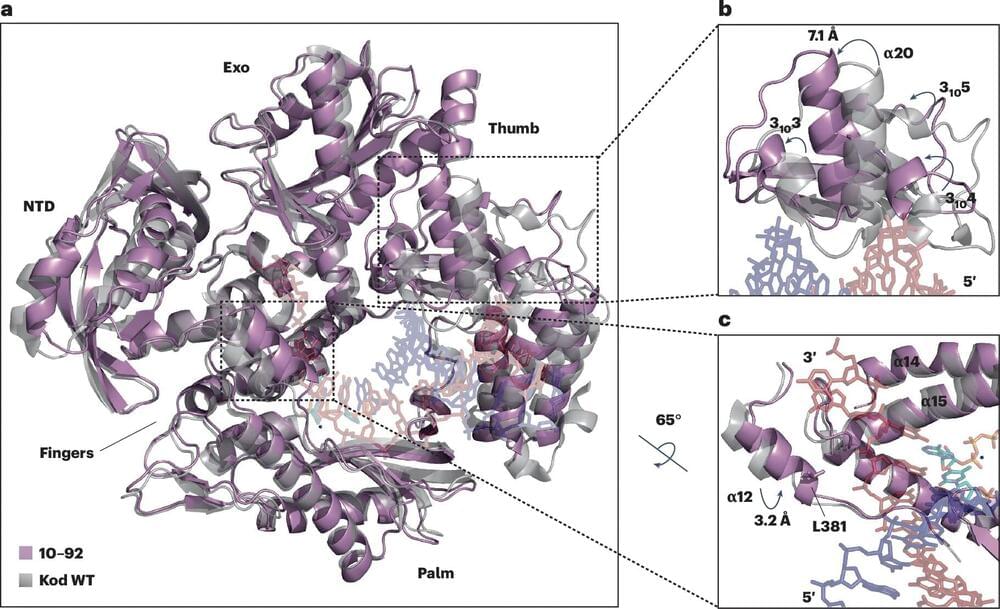
Bioengineered enzyme can produce synthetic genetic material, advancing development of new therapeutic options
A research team led by the University of California, Irvine has engineered an efficient new enzyme that can produce a synthetic genetic material called threose nucleic acid. The ability to synthesize artificial chains of TNA, which is inherently more stable than DNA, advances the discovery of potentially more powerful, precise therapeutic options to treat cancer and autoimmune, metabolic and infectious diseases.